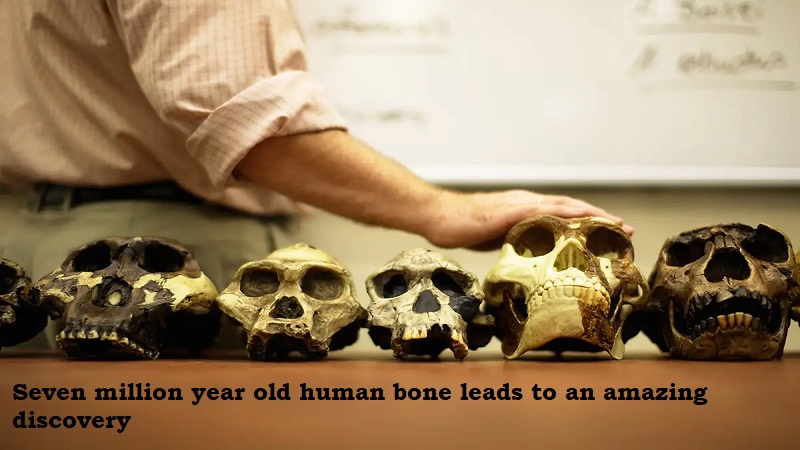
When our ancestors first evolved, they were able to walk erect. That surprised you, right? Although we often think of the earliest humans as hunched-over beings, new research indicates that this was not the case.
An early two-footed progenitor of humans known as Sahelanthropus tchadensis was identified by a fossil leg bone discovered in Chad more than 20 years ago.
The researchers examined 23 fossilised traits, which they assert link the ancestor to upright walking or bipedalism and demonstrate a closer kinship to humans than apes.
The Nature journal published a report on the discovery.
S.tchadensis was found by a French and Chadian team in the Toros-Menalla region of the Djurab desert, Lake Chad basin in July 2001.
The main find was a skull that was mostly whole but had significant damage; it was given the name Touma, which in the Chadian Daza language means ‘hope of life.’
The present discovery, however, was made by looking at two forearm bones and a thigh bone rather than the hope of life skull.
‘We can deduce from the evidence that we have habitual bipedalism, plus quadrupedal arborealism, which is what is reported for early hominids and then gradually evolves into the obligate bipedalism in Homo,’ said a co-author of the study, Jean-Renaud Boisserie, from the University of Poitiers.

Post Your Comments